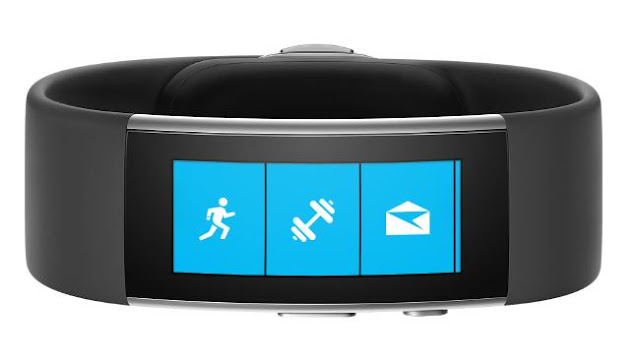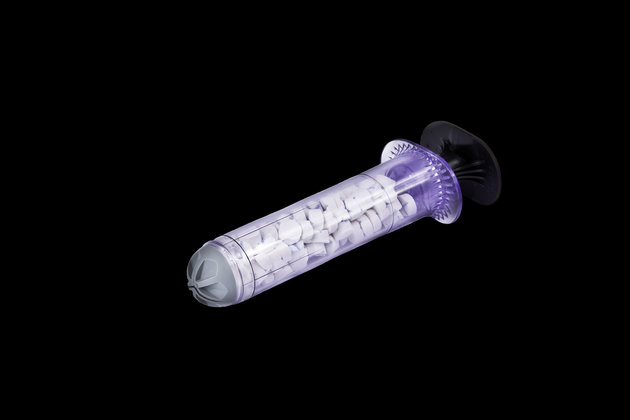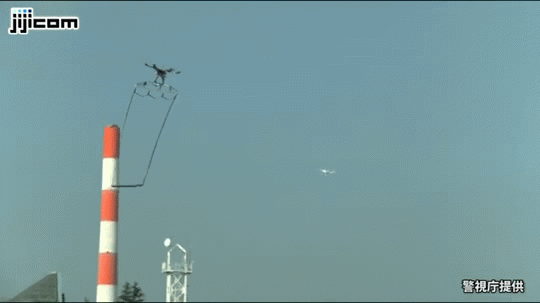Microsoft’s Wearable Technology – Band 2
Microsoft has launched wearable technology in Australian stores with its sights on big names in fitness tracking as well as smartwatches. The world’s biggest giant company has launched Band 2 in Australian markets and the same is now available through IB Hi-Fi, Harvey Norman and Rebel Sports at a price of $379.99. Earlierit was made available only in its Sydney based flagship store as well on Microsoft site.
Through its Band 2, Microsoft has aimed at Apple, Samsung and Fitbit in the segment of fitness and smart-watch. Band 2 is said to be a mix-up of smartphone notification as well as fitness tracking features and the company states that having the ability to chat with these added features is making the Microsoft Band quite sticky in comparison to some generic activity trackers.
The giant company had revealed its plan in Sydney recently and would be rolling out its wearable technology in electronics and sports stores shortly. Adam Pollington, Band product manager of Microsoft informed that the device would target the big names in wearable technology with a mixture of fitness and smartwatch features. He commented that if one looks at the market, there are two clear segments, you have got the activity tracker market and have the smartwatch side with productivity and connectivity. The Microsoft Band is in a new sub-segment of smart bands.
Personal Trainer/Assistant on the Wrist
He further added that the Microsoft Band would enable users in controlling their health in a more personalized way and would serve as a personal trainer and assistant on the wrist of the users. The first Australian wearable technology release of Microsoft is said to be the consequence of a model which had been released in the States in late 2014, featuring 11 sensors comprising of GPS for tracking cycling, a heart-rate sensor to track exertion, a galvanic skin response sensor to measure stress, barometer for elevation together with a UV sensor to inform if one needs sunscreen, which according to Mr Pollington would be beneficial in Australia. Besides this the Microsoft Band 2 can also connect to Apple iPhone, Google Android and Windows Phones in delivering notifications to its rectangular touchscreen from incoming calls to tweets together with SMS. Microsoft Band 2 is available in three sizes of small, medium and large.
Wearable in Tracking Health is Promising
For wrist with circumferences of 143 mm and 168 mm, the small size is an appropriate choice, while those between 162mm and 188mm could choose a medium size. Wrists that tend to be larger than 180mm and up to 206mm could select the larger choice.
The new device’s standing as a fitness band first follows research where exercise-tracking technology is considerably popular than the smartwatch rival till date. Juniper Research in a latest report, has forecast wearable fitness technology to lead smartwatches for the following three years.
According to Future Health and Fitness Wearable report, author James Moar, states that it is only in 2019 that smartwatches would be pulling ahead with 130 million users to fitness technology’ 110 million. Mr Moar had commented that the use of wearable to track health is promising though such devices would not reach their full potential till they tend to become less dependent on mobile devices to relay their information.


























